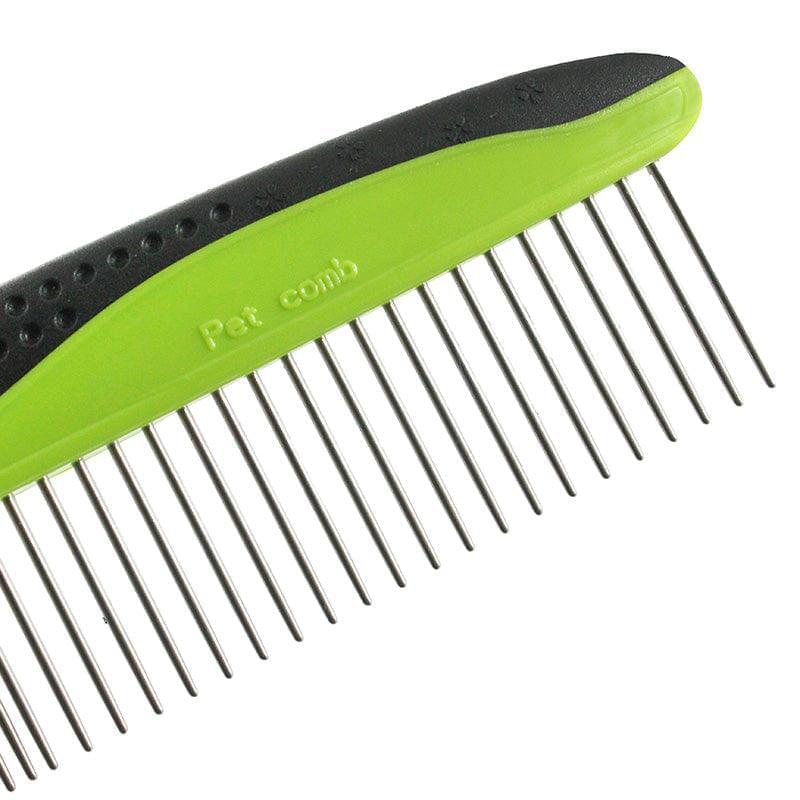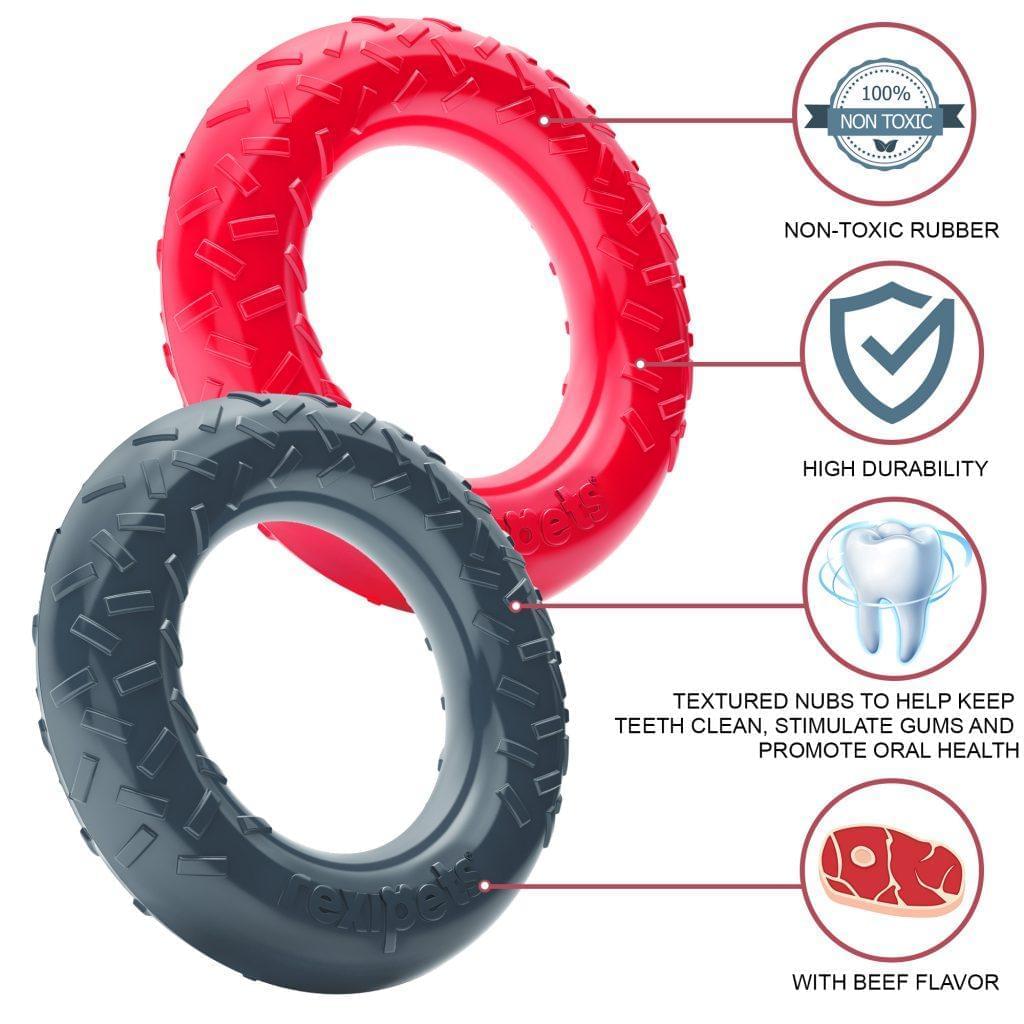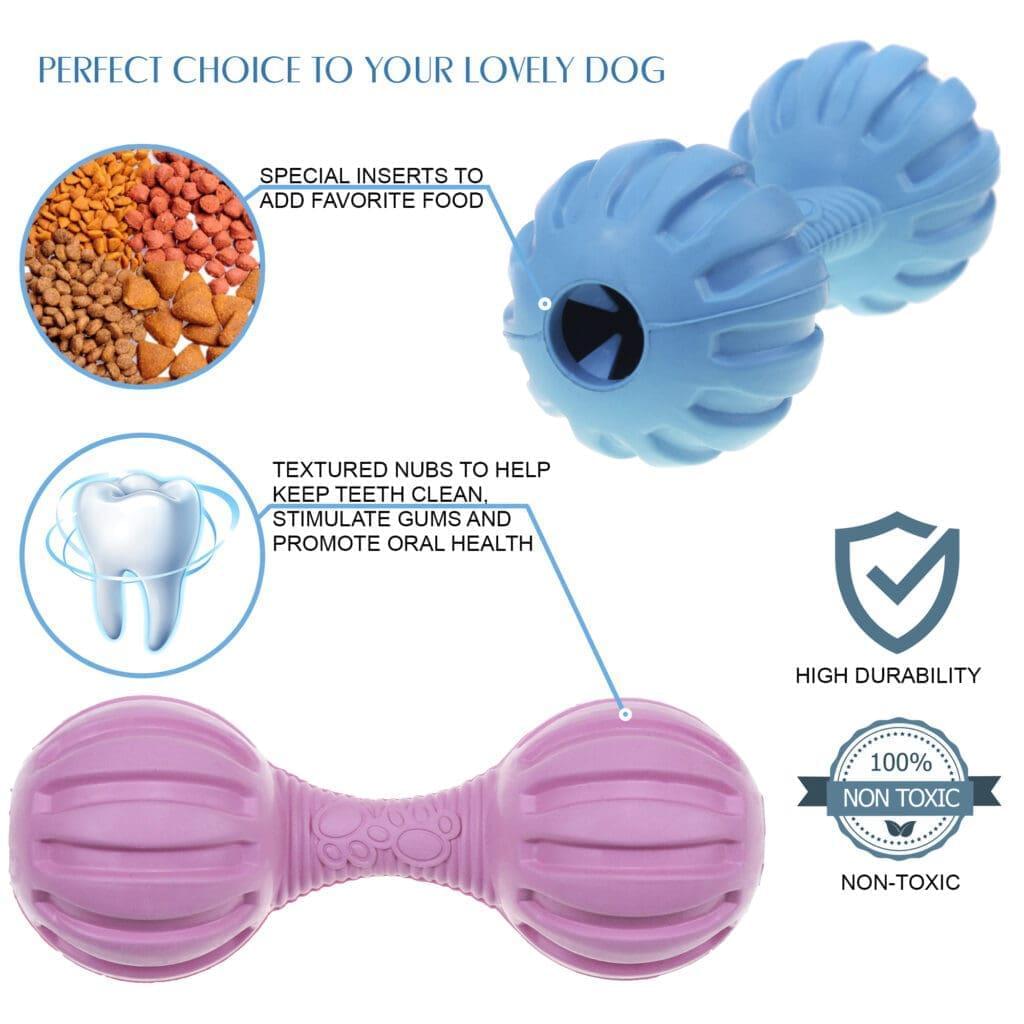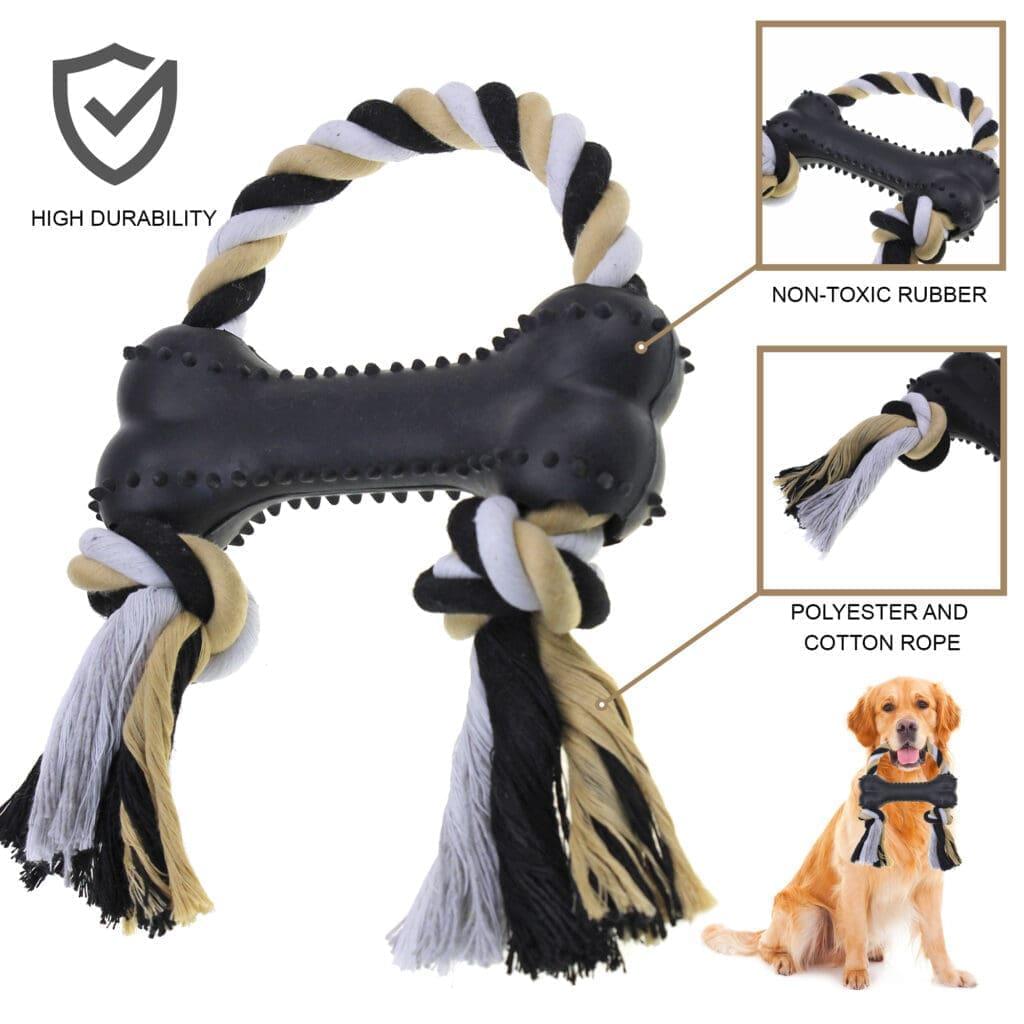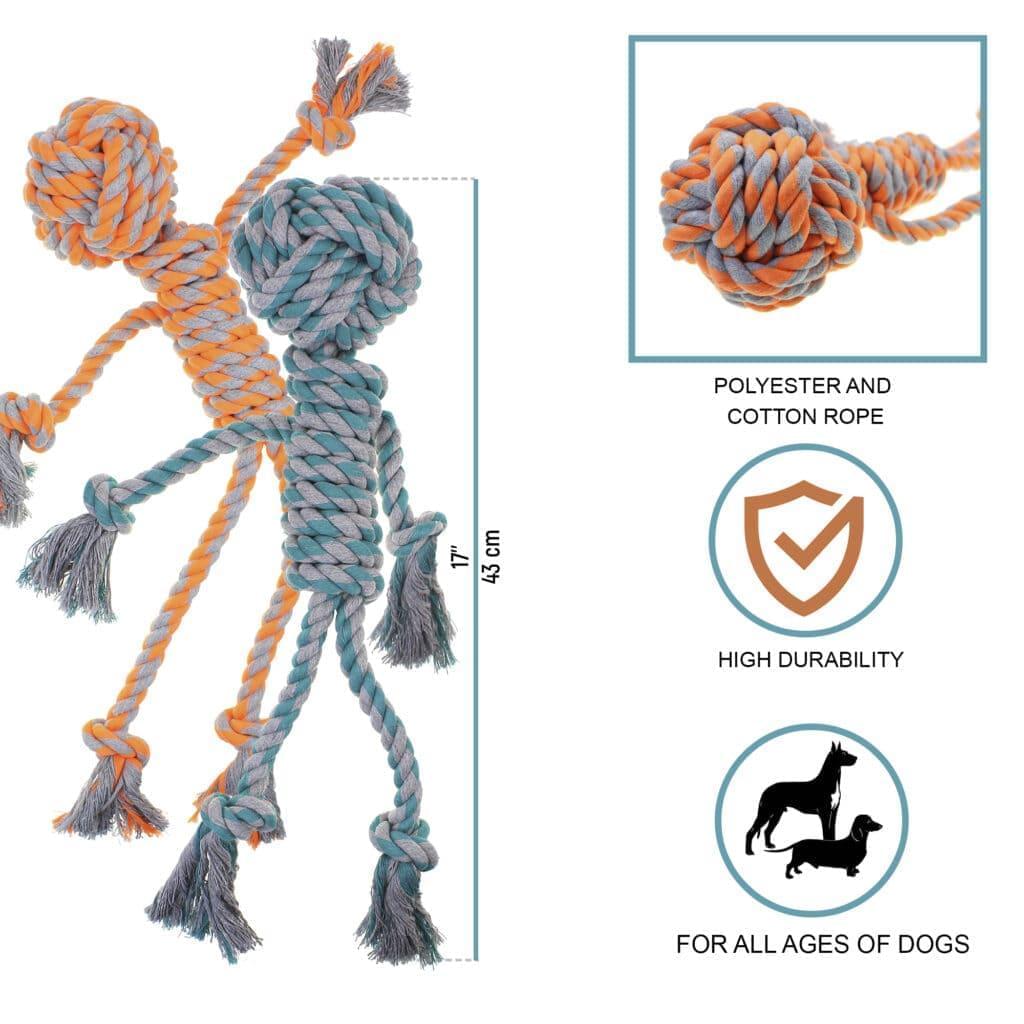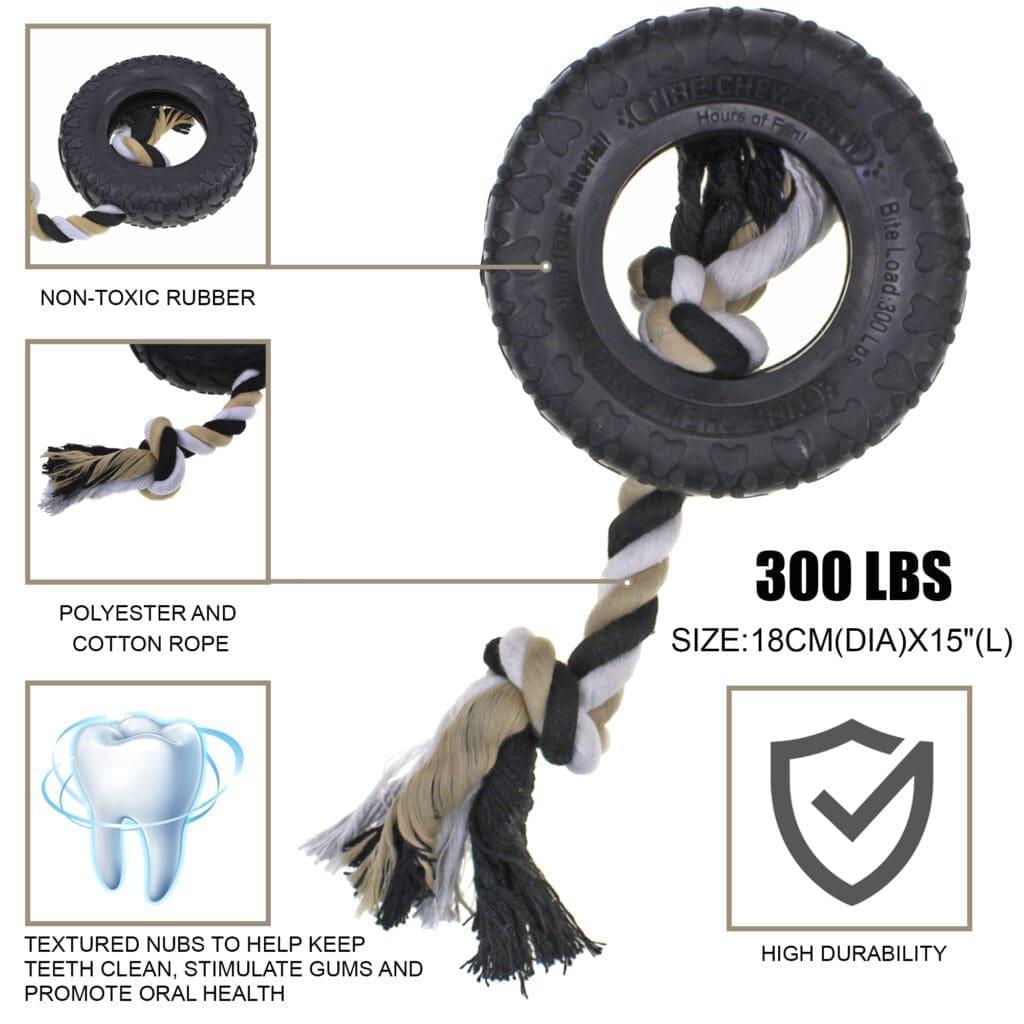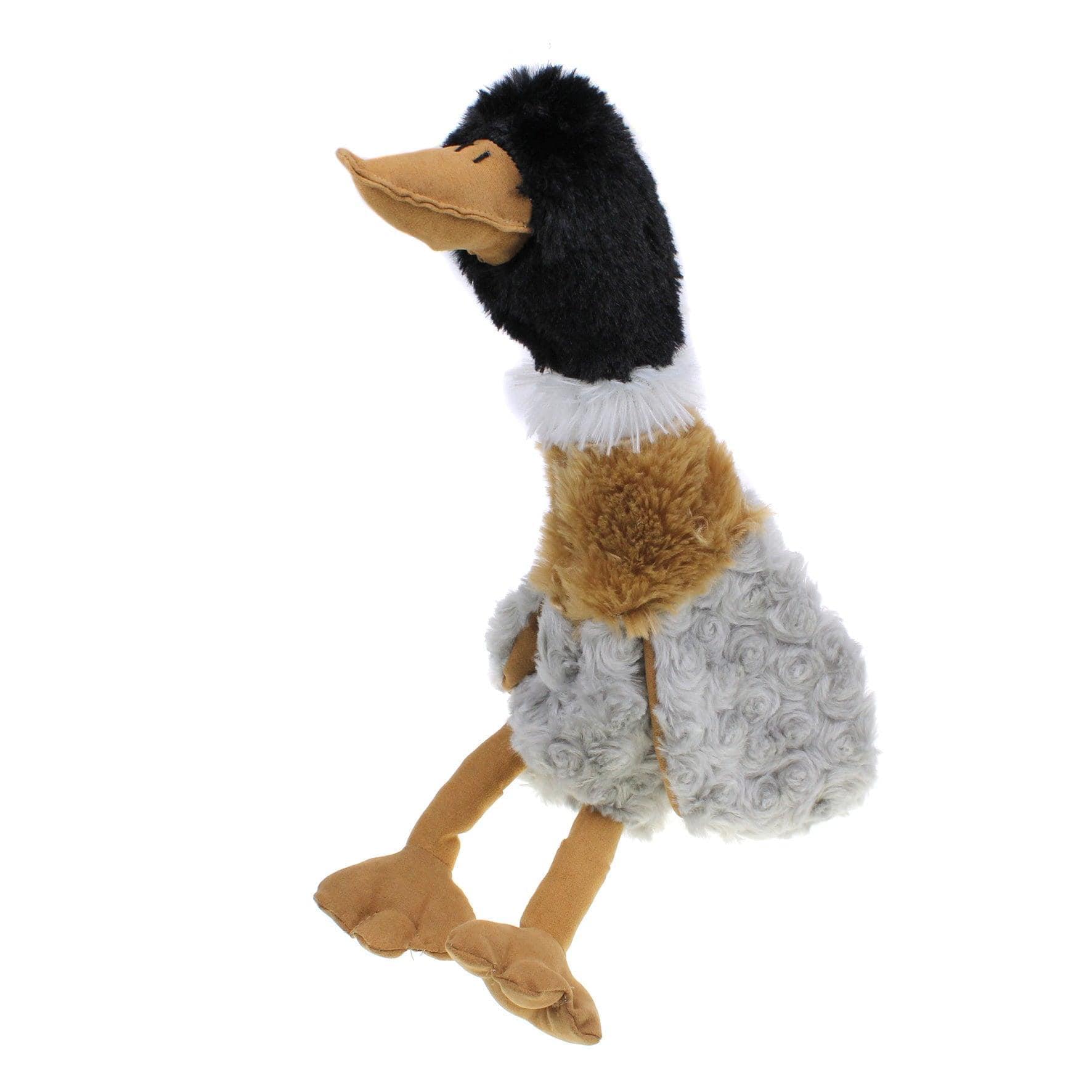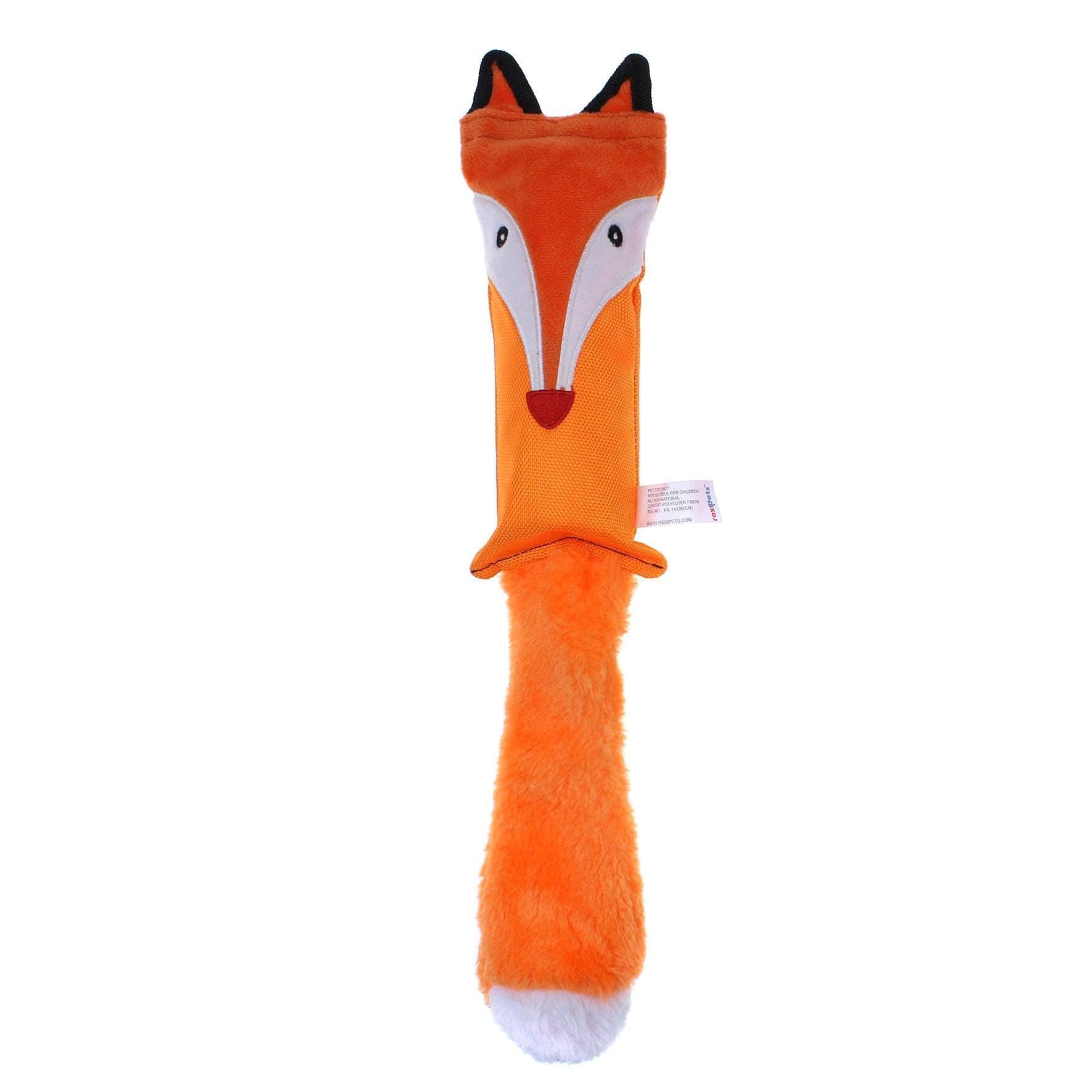
Is your dog always scratching and itching? It might be because of those annoying fleas bothering them! But don't worry, there are ways to help.
Let's find out about the best flea treatment and tick prevention for dogs.
From drops you put on their back to pills they can eat, we'll explore the top choices to make your furry friend feel better and stop those pesky fleas for good!
How Do I Know If My Pet Has Fleas?
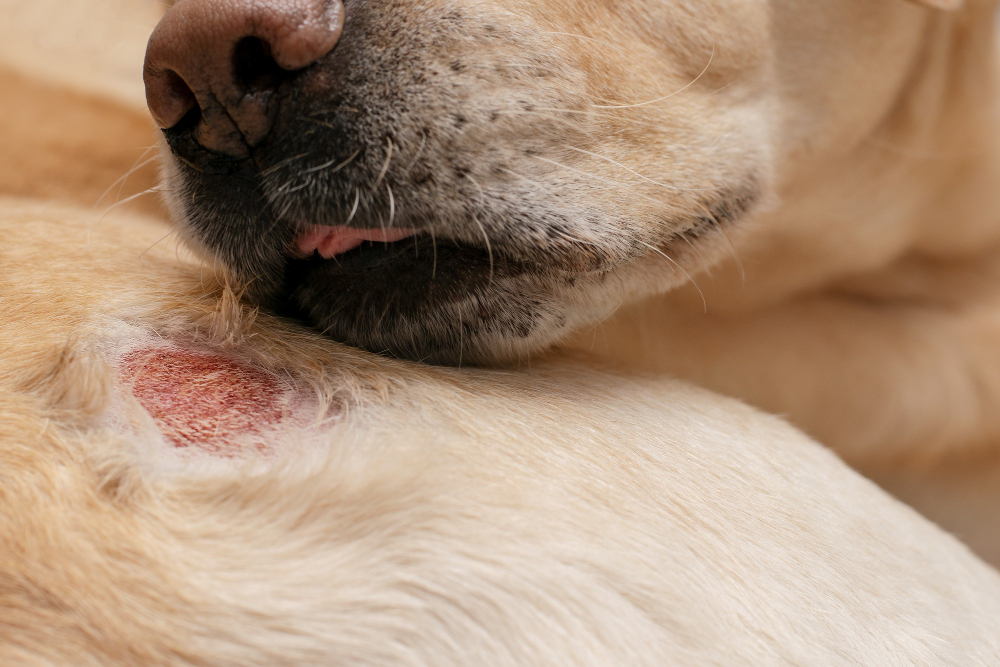
Are you wondering what do fleas look like on your dog?
By recognizing these signs and regularly checking your pet for fleas, you can take proactive steps to keep them and other pests both healthy and comfortable.
Let's look at some of the signs of fleas on dogs:
-
Excessive Scratching and Biting
If you notice your pet scratching or biting themselves more than usual, it could be a sign of fleas. Flea bites can be itchy and uncomfortable, leading to this behavior. In case your dog keeps biting the base of their tail but have no fleas, talk to your vet.
-
Presence of Flea Dirt
Flea dirt, which looks like tiny black specks, may be visible on your pet's fur or on their bedding.
To distinguish flea dirt from regular dirt, place some on a damp towel; if it dissolves and turns reddish-brown, it's likely flea dirt because it contains digested blood.
-
Skin Irritations and Red Bumps
Flea bites can cause skin irritations and red bumps on your pet's skin. These may be particularly noticeable in areas with less fur, such as the abdomen or groin area.
-
Restlessness and Agitation
Pets infested with fleas may exhibit restlessness or agitation due to discomfort caused by the biting and crawling sensation of fleas on their skin.
-
Hair Loss and Hot Spots
Severe flea infestations can result in hair loss, especially if your pet is continuously scratching and biting at affected areas. Hot spots, which are red, inflamed patches of skin, may also develop.
How to Check for Fleas and Ticks?
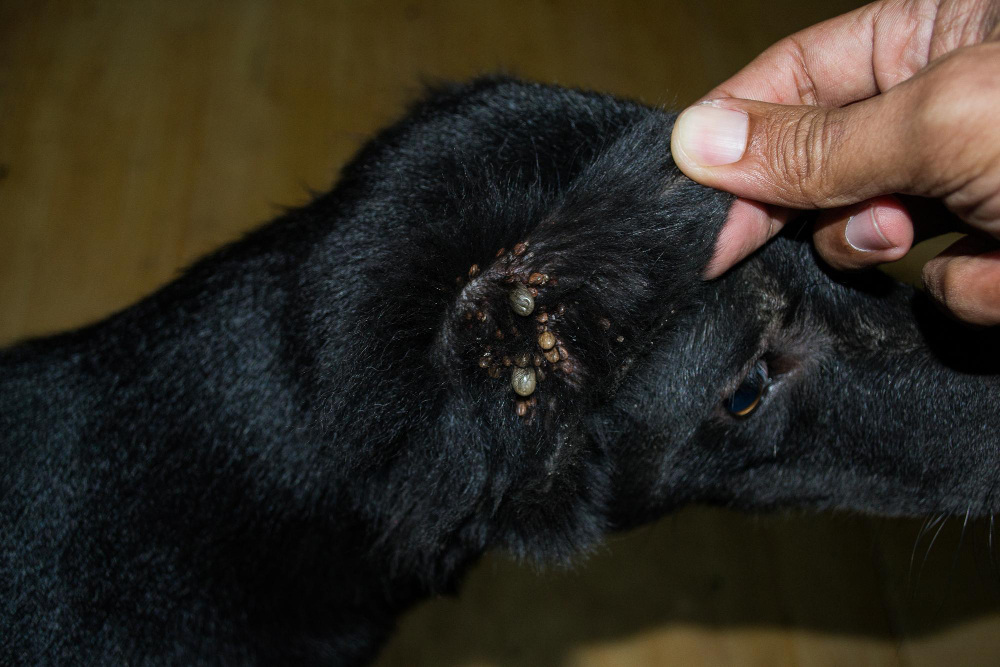
Comb through your pet's fur with a fine-toothed flea comb, focusing on areas like the neck, back, and base of the tail. Look for live fleas or flea dirt.
Next up, you can examine your pet's bedding, as well as any areas where they spend a lot of time, such as carpets and furniture. Flea and tick eggs and larvae may be present in these areas.
4 Best Flea Treatments for Dogs
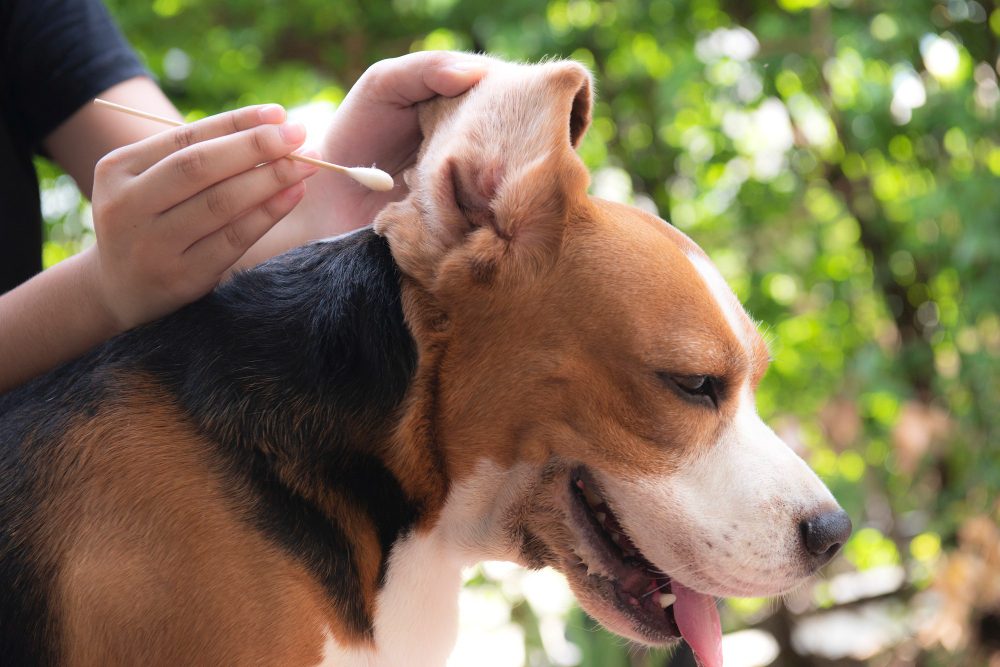
Before delving into the top flea and tick treatments for dogs, it's essential to recognize that each dog's needs may vary based on factors like the dog's age, weight, and health status.
Consulting with your vet is crucial to determining the most suitable flea and tick prevention and treatment for your furry friend. Killing fleas is sometimes difficult, but we have made it easy for you.
Now, let's explore the four best methods for flea infestations. Make sure you pick a method that not only repels but also kills fleas.
1) Oral Medications
Oral tick medication, like NexGard or Bravecto, comes in the form of chewable tablets or even soft chews. These flea and tick treatments work by disrupting the flea's life cycle, preventing them from reproducing and infesting your pet.
Oral medications are easy to administer and offer systemic protection against fleas for extended periods.
Pros:
-
Convenient Administration: Oral flea medications are often flavored chewable tablets or soft chews, making them easy to administer. Most dogs readily accept them as treats, eliminating the need for stressful topical applications.
-
Systemic Protection: Once ingested, oral medications circulate in your dog's bloodstream, providing systemic protection against fleas. This means that not only adult fleas but also eggs and larvae are targeted, effectively breaking the flea life cycle.
Cons:
-
Potential Side Effects: Some dogs may experience mild side effects. These include gastrointestinal upset or allergic reactions after taking oral flea medications. It's important to watch your dog closely after administration and consult your veterinarian if any adverse reactions occur.
-
Requires Prescription: Many oral flea medications require a prescription from a veterinarian, which means you'll need to visit your vet before obtaining the medication. This adds an extra step compared to over-the-counter flea treatments.
2) Flea Shampoos
Flea shampoos contain insecticidal ingredients that kill fleas on contact when used during a bath.
While not as long-lasting as other treatments, flea shampoos provide immediate relief for dogs suffering from flea infestations.
They are best used as part of a comprehensive flea control and tick prevention regimen.
Pros:
-
Immediate Relief: Flea shampoos offer quick relief for dogs suffering from flea infestations.
-
Easy Application: Using flea shampoo is straightforward and requires no special equipment other than a bathtub or basin. Simply lather the shampoo into your dog's coat, focusing on areas where fleas are most prevalent, and rinse thoroughly.
Cons:
-
Short-term Effectiveness: While flea shampoos provide immediate relief, their effectiveness is relatively short-lived compared to other flea control methods. They may only kill fleas present on the dog at the time of bathing and offer little residual protection against future infestations.
-
Limited Coverage: Flea shampoos primarily target adult fleas and may not effectively eliminate flea eggs, larvae, or pupae present in the environment. As a result, repeated baths may be necessary to control flea populations fully.
3) Flea Collar
A flea or a tick collar can release active ingredients that repel and kill fleas upon contact with the dog owner. These collars are worn around your dog's neck, providing continuous protection against dogs flea for several months.
They are convenient for dogs who dislike topical treatments or oral medications that kill fleas, and they are a good option for tick-preventative treatment.
Pros:
-
Continuous Protection: Flea collars provide continuous protection against fleas for several months after application. This long-lasting effectiveness eliminates the need for frequent reapplication, making them convenient for pet owners.
-
Easy to Use: Flea collars are simple to use—just fasten them around your dog's neck like a regular collar. There's no need for messy topical applications or trying to get your dog to swallow pills, making them ideal for dogs who dislike other forms of flea treatment.
Cons:
-
Potential for Allergic Reactions: Some dogs may develop skin irritation or allergic reactions. These are formed because of the active ingredients in flea collars. It's crucial to watch your dog for any signs of discomfort. Your furry friend should not have itching or redness. If you do see these signs, remove the collar if necessary.
-
Limited Effectiveness: While flea collars provide continuous protection, they may not be as effective at eliminating existing flea infestations as other flea treatment methods. They primarily repel and kill adult fleas but may not target flea eggs or larvae in the environment.
4) Flea Comb
A flea comb is an easy yet effective tool for getting rid of fleas and flea dirt from your dog's fur. With fine teeth designed to trap fleas as you comb through your pet's coat, this manual method offers immediate relief from itching and discomfort.
While it may not provide long-term tick prevention like other treatments, regular combing can help detect and eliminate fleas before they become a problem for other pets.
Integrating a flea comb for dogs into your furry pal's grooming routine can complement other flea treatments and contribute to your dog's well-being.
Pros:
-
Immediate Relief: Using a flea comb provides instant relief for your dog by removing fleas and flea dirt from their fur, reducing itching and discomfort.
-
Safe and Gentle: Flea combs are safe to use on dogs of all ages. You can even use it on puppies and senior dogs. They offer a gentle alternative to chemical-based flea treatments, making them suitable for pets with sensitive skin or health conditions.
-
Cost-Effective: Flea combs are an affordable option for flea control, requiring only a one-time purchase without additional medications or treatments.
Cons:
-
Labor-Intensive: Combing your dog with a flea comb can be time-consuming, especially for dogs with long or thick coats. It requires patience and persistence to thoroughly comb through the fur and remove all fleas and flea dirt.
How Do You Prevent Your Dogs From Having Fleas?
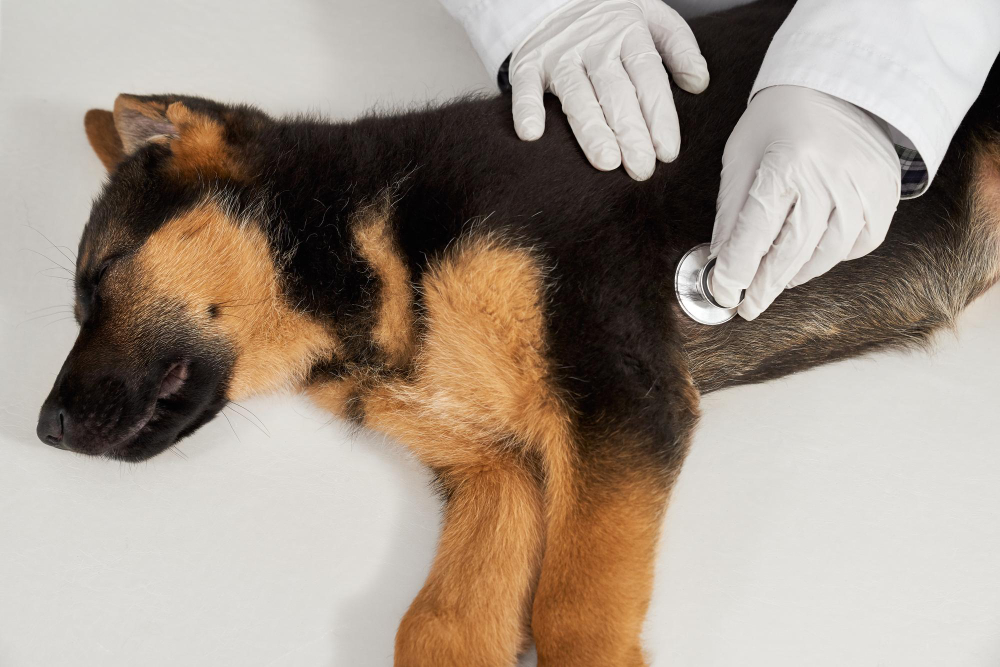
Preventing flea and tick on your dog from getting fleas involves a multi-faceted approach that includes:
-
Regularly grooming, keeping a clean environment, and using flea and tick prevention medications.
-
Start by grooming your dog regularly with a flea comb or brush to remove any fleas or flea dirt present on their coat. Bathing your furry friend with a flea shampoo can also help kill existing fleas and soothe irritated skin.
-
Additionally, keep your home clean by vacuuming carpets, washing bedding, and treating outdoor areas where fleas may reside.
-
Consider using flea and tick preventatives such as spot-on treatments, oral medications, or flea collars, which can provide long-term protection against fleas.
-
Talk with your vet to determine the most suitable flea and tick preventative measures based on your dog's needs and lifestyle. By implementing these preventive measures consistently, you can help keep your dog flea-free and comfortable.
Final Words!
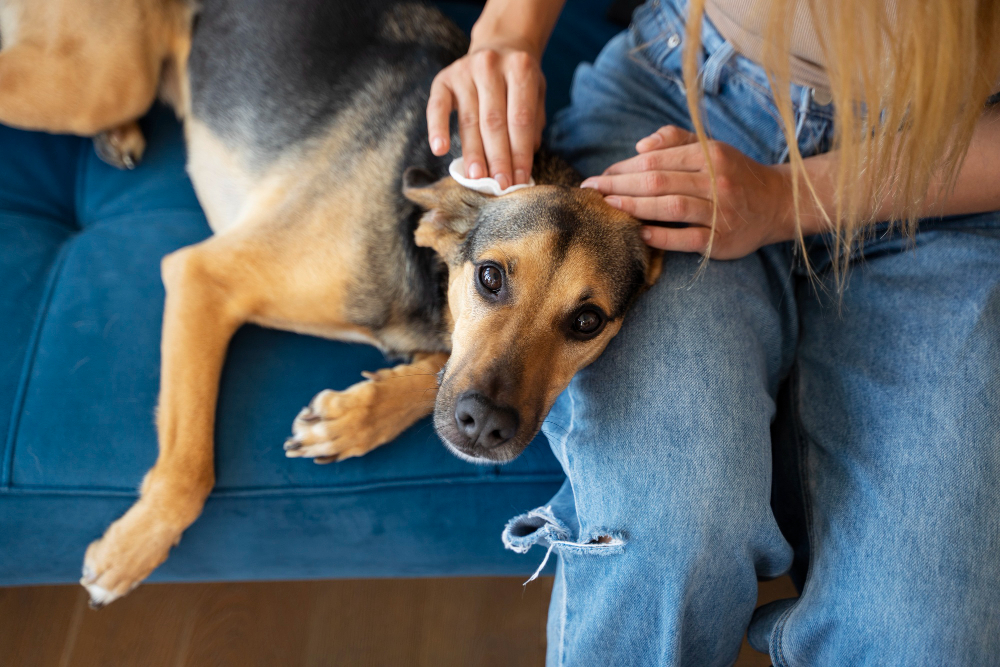
Preventing your dog from getting fleas requires diligence and a proactive approach. You can easily protect your furry friend from flea infestations by incorporating regular grooming, maintaining a clean environment, and using flea and tick prevention.
Whether it's flea or tick treatment, make sure to consult with your veterinarian to develop a customized tick prevention topical treatment plan tailored to your dog's specific needs. Proper care and attention can ensure your dog stays happy, healthy, and flea-free.








